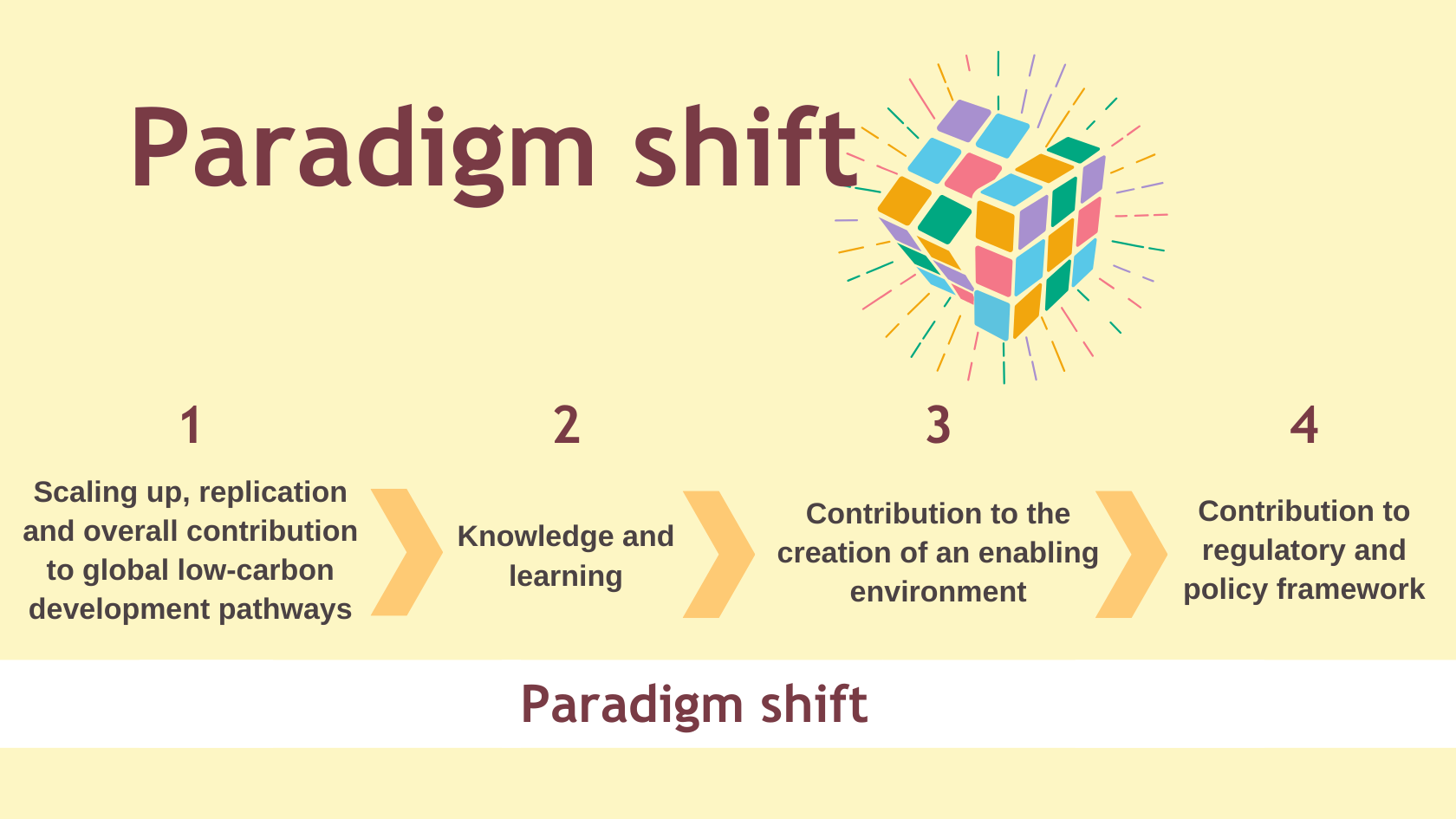
Environmental Cleanup at Navy Facilities: Adaptive Site Management, Committee on Environmental Remediation at Naval Facilities, The National Academies Press, Washington, D.C. Source: Adapted from National Research Council, 2003. Thereafter, the risk increases either because of the treatment itself, for example, in pump and treat operations that pull in water from other aquifers that may be polluted, or when treatment technologies are high maintenance. Curve D is a situation where controls are effective up to a point in time. Curve B may represent natural attenuation, which lags the engineered approach, but the rate of biodegradation increases as the microbial populations become acclimated.

For example, Curve A could represent an in situ treatment process. Hypothetical change in risk in relation to time and resources expended for exposure reduction from various actions, including natural attenuation (i.e., allowing the microbial populations to acclimate themselves to the pollutant and, with time, degrading the contaminations). Any failure before this target is a design failure.įIGURE 1.4. The target design life for persistent chemical and nuclear wastes can be many decades, centuries, even millennia. Whether or not the facilities reach catastrophic failure, the curve becomes asymptotic that is, virtually no additional risk reduction with increased costs. Eventually, however, the failures of these engineered systems became obvious in terms of health endpoints-for example, birth defects, cancer, and other diseases-as well as measurements of contamination in the air, water, and soil. This included burial of wastes and capping the landfill. Actions, including some environmentally irresponsible ones, were taken.
#PARADIGM SHIFT MEANING SERIES#
This failure does not necessarily have to occur all at once, but could be an incremental series of failures that lead to a disaster, such as the containment and capping of hazardous wastes at the Love Canal, New York, site. The figure also depicts a catastrophic failure.

The exposure or risk reduction is a measure of engineering effectiveness. A prototypical curve for an engineered facility that contains or caps the pollutant may reduce exposure to contaminants and, therefore, reduce health risks in manner similar to the curve in Figure 1.2, with relatively high risk reduction early or with the initial expenditure of resources and diminishing returns thereafter. If a site is contaminated, the engineer can select from numerous interventions, all with different outcomes. Factor A (e.g., gravity) can be quantified as to its effect on Factor B (e.g., stress on a particular material with a specified strength), which leads to Outcome C (e.g., a hole in the stern of a ship).Įngineered solutions to environmental problems change the consequences from the outcome expected from the status quo. Science and engineering are ready-made for such retrospective analyses. We turn back time to see which physical, chemical, and biological principles dictated the outcomes. This is primarily an exercise in what historians refer to as “deconstruction” of the steps leading to the negative outcomes, or what engineers call a critical path.

When there is a problem, especially if it is considered to be a disaster, considerable attention is given to the reasons that damages occurred. If any of the legs is missing or weak, our decision is questionable, no matter how strong the other two legs are.įailure analysis is an important role of every engineering discipline, including environmental engineering. Thus, environmental decisions can be likened to a three-legged stool. And, if we fail to share information and include all affected parties in every aspect of environmental decisions, we have failed in a fundamental component of risk communication. If we fail to apply these principles within the societal context and political, legal, economic, and policy milieu, we have failed in a fundamental component of risk management. Risk assessment must be based in sound science. If we ignore physical, chemical, and biological principles, we have failed in a fundamental component of risk assessment. Do we blame the water, the air, or the rock? Generally, no we blame the engineer, the ship captain, the government inspector, or whomever we consider to have been responsible. A rock in a landslide falls at an increasing rate of speed. Air moves in the direction of high to low pressure.
The cases in this book are examples of human failure, coupled with or complicated by physical realities. A sound risk-based approach to solving environmental problems requires credible risk assessment, risk management, and risk communication.


 0 kommentar(er)
0 kommentar(er)
